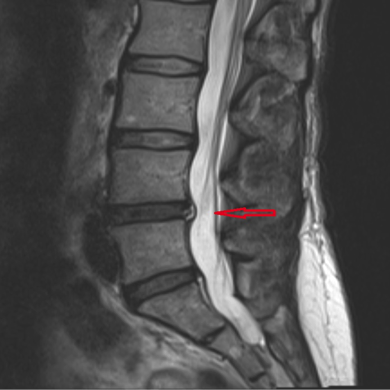What Causes Degenerative Back Pain?
The discs in your spinal column have their own nerve supply. Discs are made up of two different parts:
- Annulus fibrosus. This is the outer structure of the disc.
- Nucleus pulposus. This is the interior of the disc that has a gel-like texture.
The inside of your disc doesn’t have any nerves, but the outer part of the annulus fibrosis does. When the disc is damaged or starts to deteriorate, it can expose those nerves, which can become irritated thanks to the inner jelly-like core leaking out. This can result in extremely painful symptoms for the patient.
So what can cause the damage or deterioration of the discs, leading to degenerative disc disease? There are a number of potential causes:
- An injury that results in a herniated disc. Slips and falls are the most common causes.
- Loss of fluid inside of your vertebral discs. This gives less shock absorption to your spine and makes it less flexible.
- Deterioration of the outer part of your discs, leading to the inner material leaking out or even for the disc to rupture.
Patients who smoke, do heavy physical labor, or who are obese are more prone to experience degenerative disc disease.


